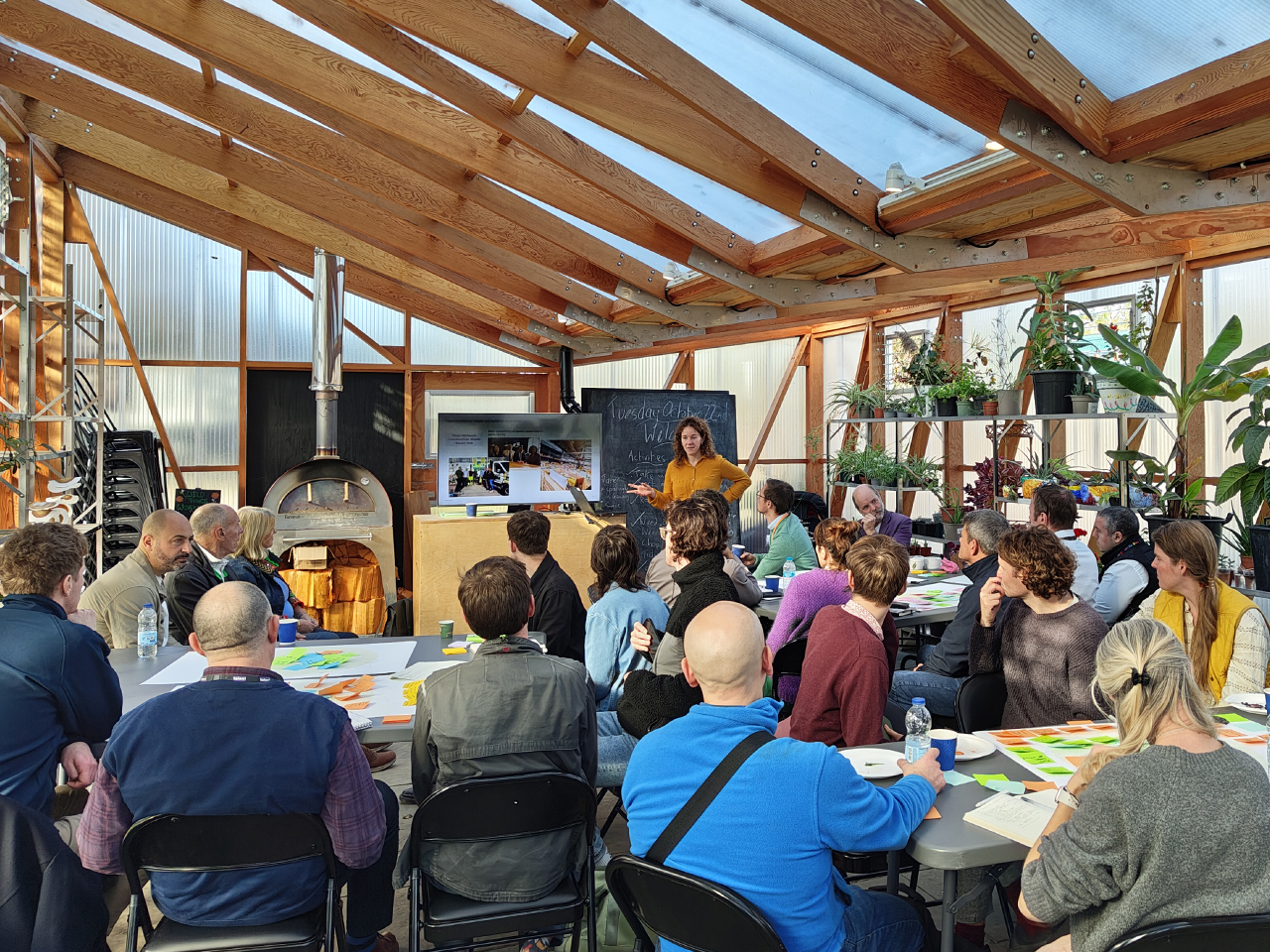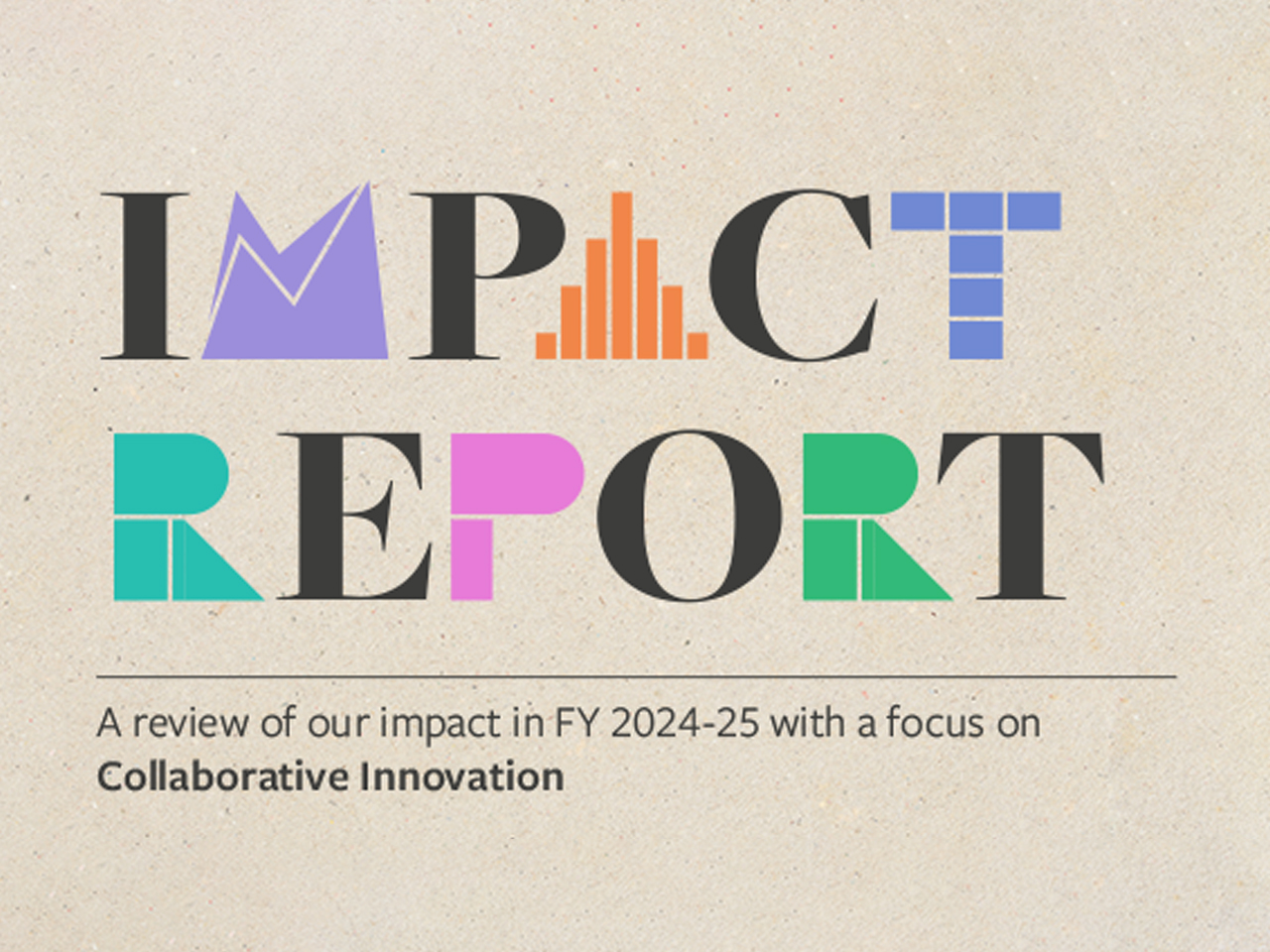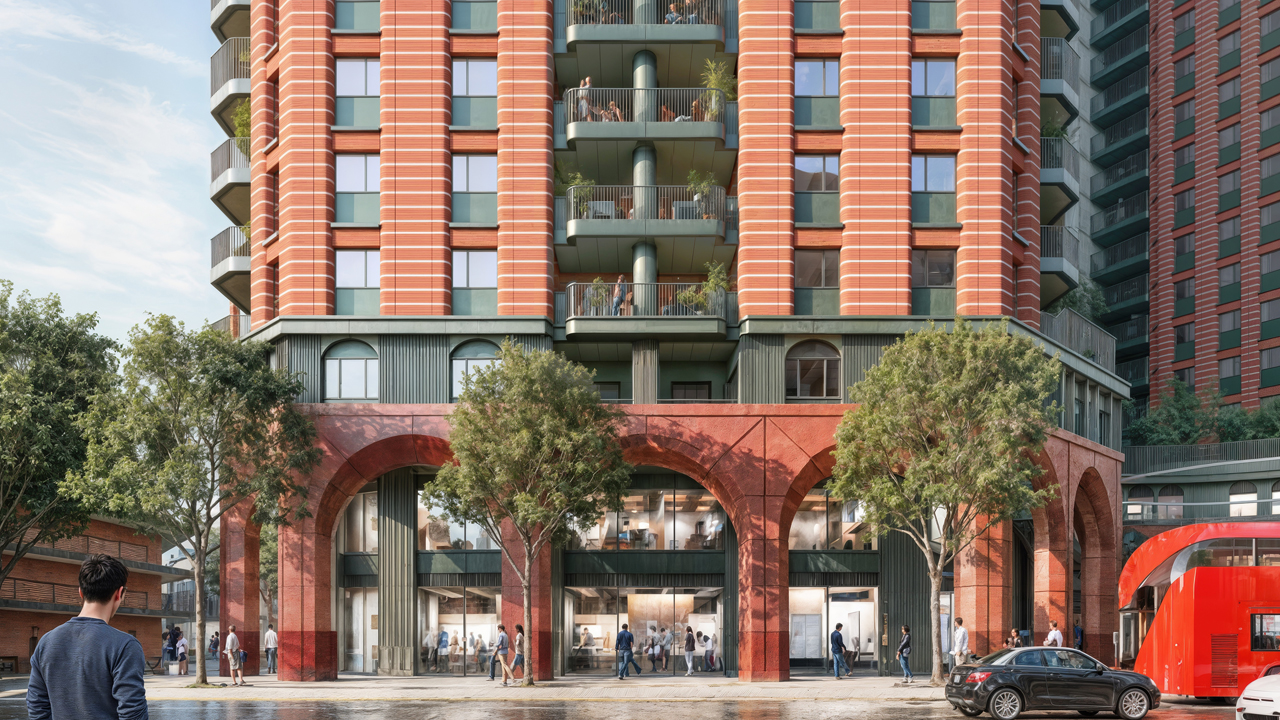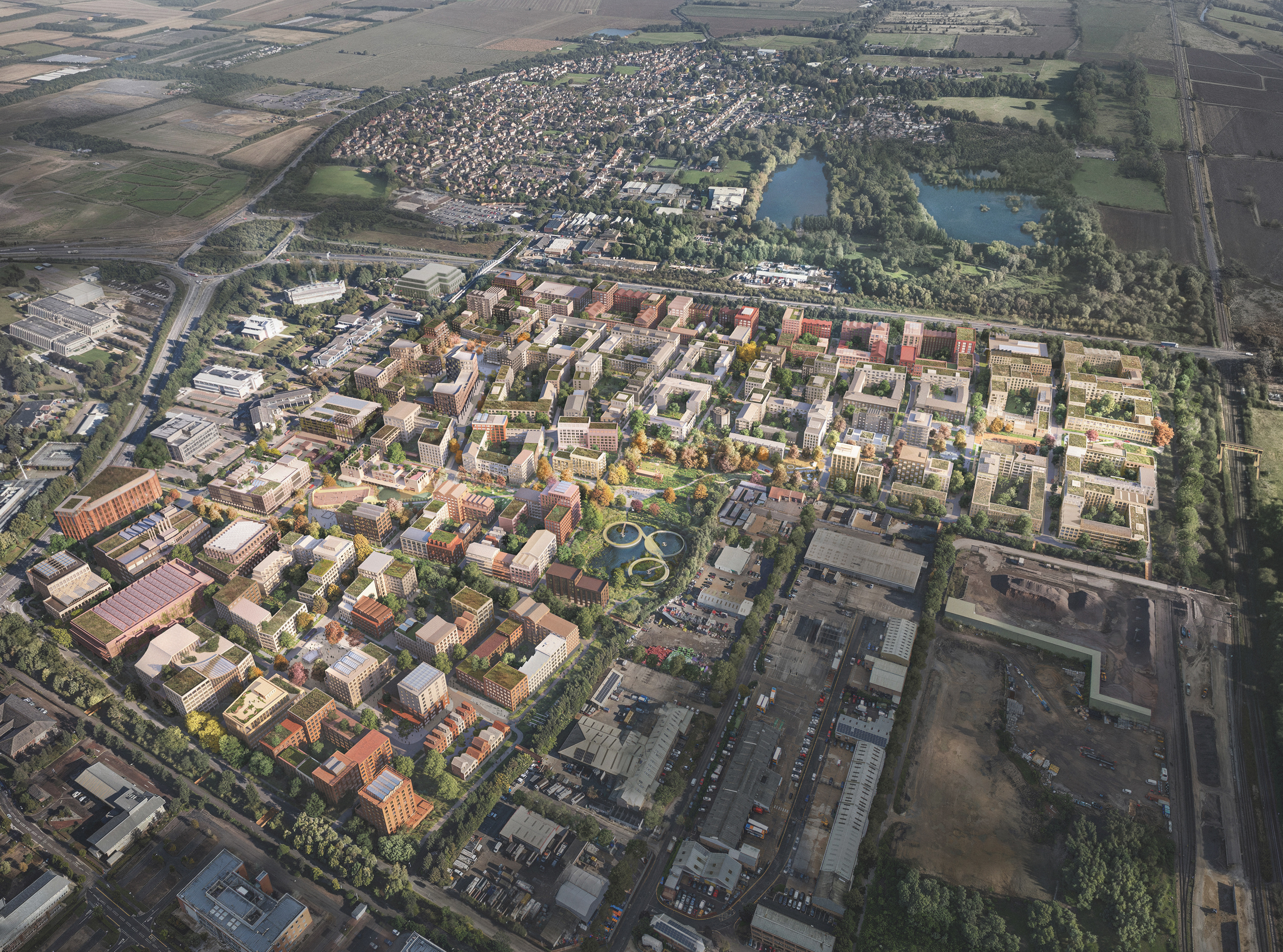Thinking
The future of heat

Daniel Raymond, Expedition's Energy and Carbon Lead, explores transformative approaches to achieving net-zero heating in UK homes:
With the shift away from fossil fuels and the phasing out of gas boilers, there are a growing number of ways to consider heating our homes. While planning policy might nudge us down certain paths, it is innovation, both in technology and delivery models, that is leading the charge.
Heat pumps leading the pack
Air Source Heat Pumps (ASHPs)
With installations rising across the UK (albeit still falling short of government targets), ASHPs are becoming a tried and tested solution. Newer models are better all around – more efficient, quieter, capable of higher temperatures, and using lower-GWP refrigerants. They are still an awkward fit on tight plots, but clever design can solve that; smart examples already show heat pumps integrated in ways that are both functional and discreet.
There are also indoor systems that operate without any external units, using ductwork to draw in fresh air from outside. Some integrate with ventilation systems, using exhaust air to boost the heat pumps efficiency. These are ideal for airtight new builds that require minimal heating.
Ground Source Heat Pumps (GSHPs)
GSHPs cost more upfront, and if you don’t have land for slinky pipes, you will need deep boreholes. But, once installed, they are delightfully low maintenance and invisible, creating a ‘set-and-forget’ simplicity to them. Plus, pair them with PV-T panels and you can recharge the ground with solar heat, effectively turning the earth beneath your home into a giant thermal battery.
New delivery models
Some companies now fund shared ground arrays, bringing community heat networks to life. Entire streets or neighbourhoods can connect to a local, low-carbon alternative to the gas grid. Homeowners simply purchase a heat pump and pay a standing charge to access the shared system.
Smart controls
Just as exciting is pairing heat pumps with smart controls, allowing flow temperatures to adjust based on live weather data to improve efficiency. It can also re-heat homes or charge hot water cylinders when electricity is cheapest. A variety of providers even offer payments for enabling this kind of demand-side response.
Image gallery
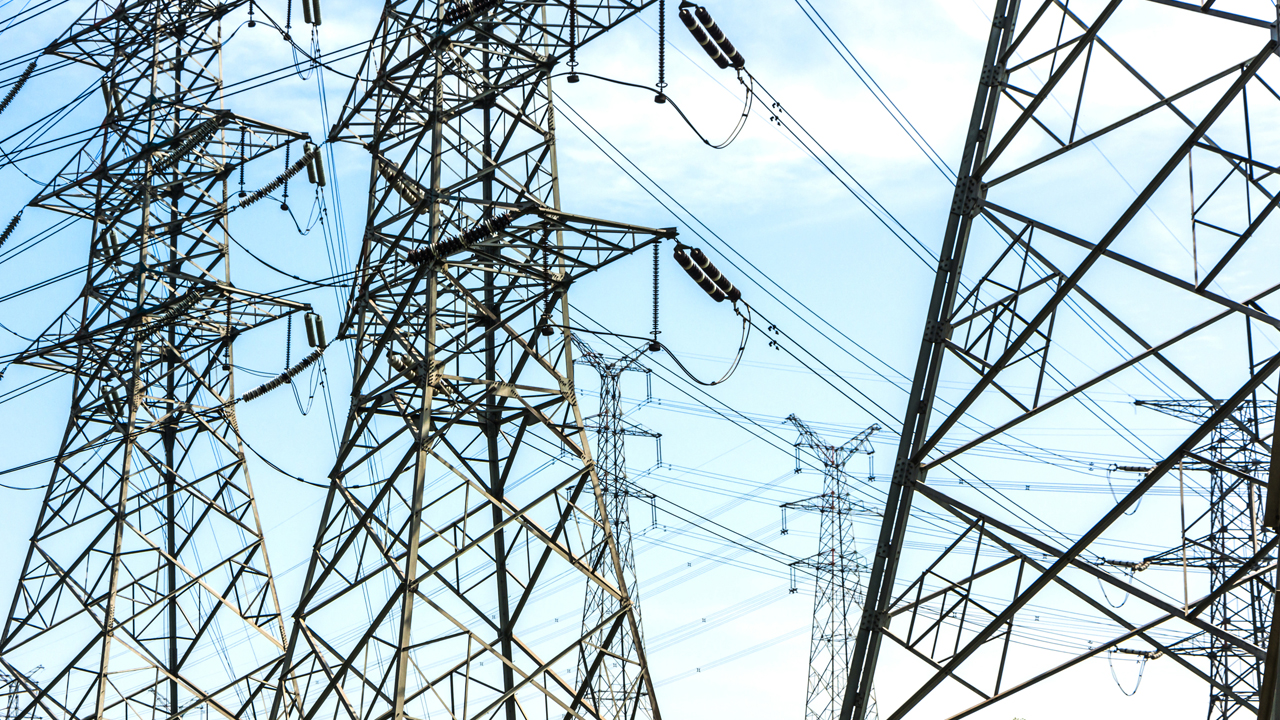
The ‘Great Heat Network’ debate
Some larger new-build developments are actually dropping traditional heating systems altogether, opting for electric panel heaters with no pipework or plumber required. Add internal hot-water-only ASHPs for taps and showers, and you have got a simpler, more cost-effective setup.
Still, networked systems have their upsides, especially when we factor in the growing need for cooling as summers get hotter. Capturing waste heat from cooling systems and repurposing it for hot water is a no-brainer.
This is where mixed-use schemes really shine. Residential and commercial spaces often have opposing heating and cooling needs, creating opportunities for smart energy balancing. Got a data centre? Even better – it is a constant source of waste heat. That is the dream scenario.
The rise of ambient loops
Next-gen heat networks are shifting toward ambient temperature loops. These systems are ultra-flexible (able to integrate multiple heat sources) and smart, capable of responding dynamically to shifting demand. Crucially, they help flatten peak loads, which is essential as we tackle our growing electricity capacity crunch.
Image gallery
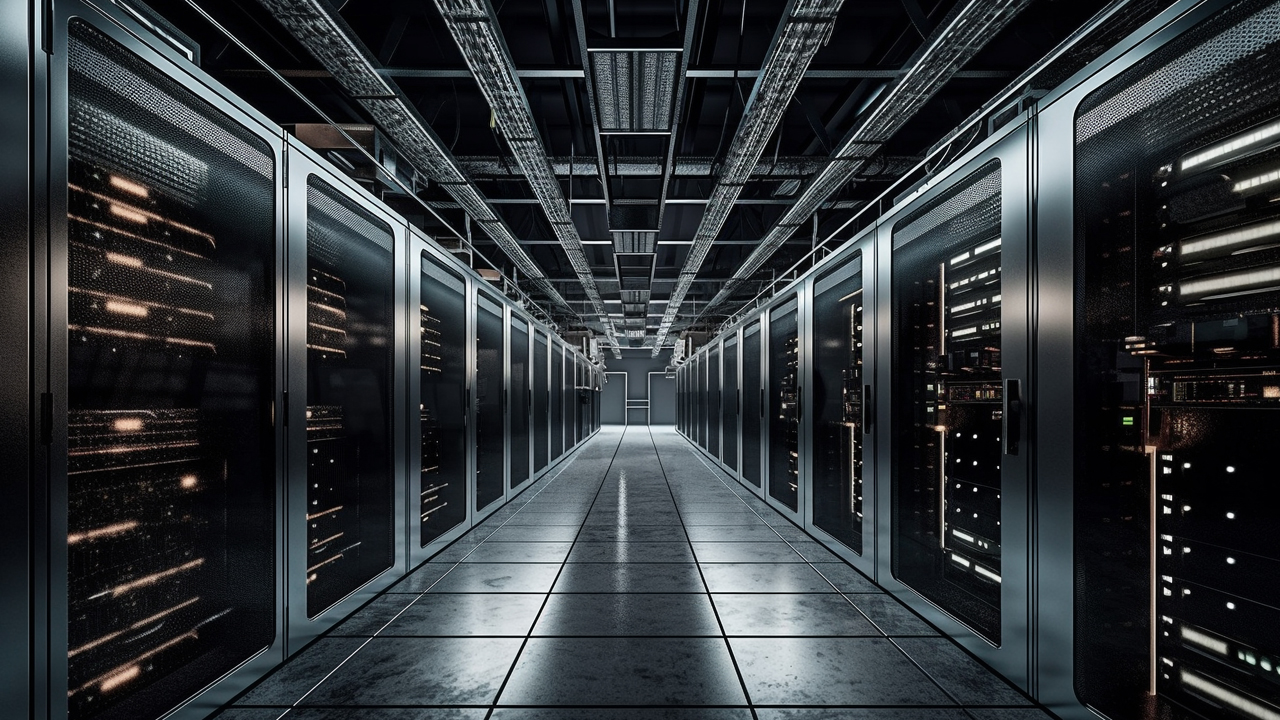
What is the future of heat?
The elephant(s) in the room
It is not possible to ignore the elephant in the room that is our existing gas network. Could hydrogen be the quick fix? Same infrastructure, different gas. Hydrogen-ready boilers already exist, and trials are underway (though some have been shelved). In theory, it is a ‘flick-of-the-switch’ solution for decarbonising our homes. However, the reality is that hydrogen adoption will be slow and uncertain. For now, electricity will continue to do the heavy lifting.
Which leads to the other elephant, or more accurately, mammoth in the room: how do we generate and deliver all the electricity our future demands? Electrifying heat is only half the battle. Meeting demand with clean, reliable power is the bigger test.
Building a climate-resilient future
When reviewing all the options available, one thing feels increasingly certain; the future of heat is electric. It is flexible, adaptable, smart, and can be surprisingly simple. But there is no silver bullet – every site is different, and the right solution depends on its unique constraints and opportunities.
By uniting diverse expertise around this critical challenge, we can accelerate the heat transition, transforming not just individual homes, but entire communities into models of climate resilience.
Contact Daniel Raymond to explore how his expertise can support your project’s transition to sustainable heating solutions.



